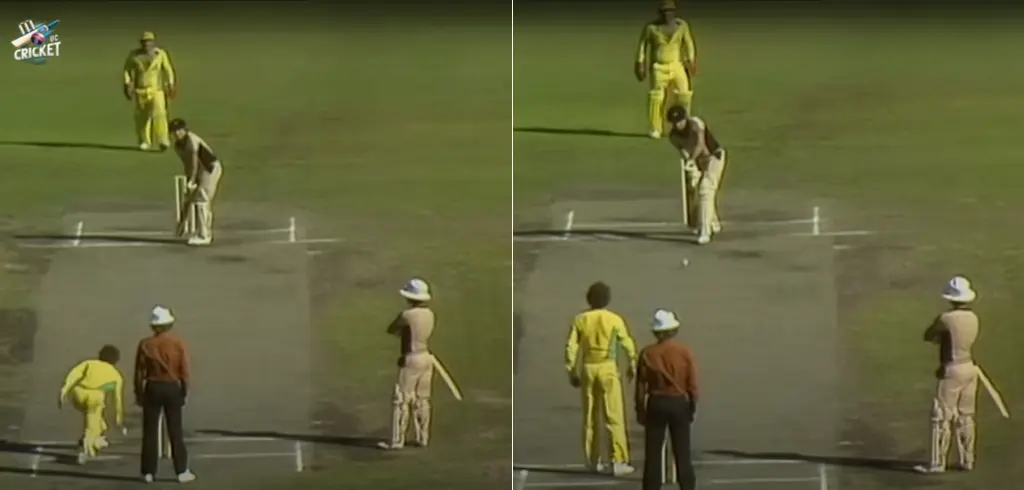Twenty-four years ago, a dark chapter was written into ODI cricket; New Zealand played Australia at the Melbourne Cricket Ground. It is remembered more as a turning point in cricket-not due to thrilling cricket being played, but due to the absolute disregard for the spirit of the game. This happened during the third final of the Benson and Hedges World Series Cup 1980/81 on February 1.
The game was well contested, and it seemed that the Black Caps would draw when they needed six runs off the last delivery. The Australian captain, Greg Chappell, had other ideas. He ordered his brother Trevor Chappell to bowl the last ball underarm. Although this loophole in the rule book gained Australia a victory, it created a scandal that would cost Greg Chappell the respect of other cricketers and fans.
The 1980-81 Benson and Hedges World Series was a tri-nation bilateral cricket tour between India, Australia, and New Zealand. India won only three of the ten matches played and did not qualify for the final out of the possible four places.
On January 29, New Zealand began the finals with an impressive 78-run win in Sydney. On January 31, Australia tackled the challenge in Melbourne to equalize the tie to 1-1 with a win by seven wickets.
In the third match, Australia batted first and put a scoreline of 235 on the board; Graeme Wood and Greg Chappell were in charge with respective contributions of 72 and 90. In the second innings, Bruce Edgar folIfed only as New Zealand during the checkout by scoring a century.
Brian McKechnie was going to face the last final delivery of the innings . Anything less than a six would mean Australia would win. With all odds favouring Australia, Greg wanted none of the Kiwis to tie the game.
At that time, underarm bowling wasn’t classified as illegal. It was seen by many as very much against the spirit of the game since it was almost impossible for a batter to hit an underarm delivery.
This controversial ball led Australia to a 2-1 lead in the finals and changed the game forever.
Following that, the ICC imposed a ban on underarm bowling, recognizing that the latter was diluting the spirit of the game. While the ban addressed the immediate issue, it could not contain the rot that was already apparent to Australian cricket.
The underarm ball incident was a stark highlight of how vital- even today- it is to hold the values of the spirit of the game in good stead. It serves as a cautionary tale that serves to warn everyone to be careful about winning at any price.




